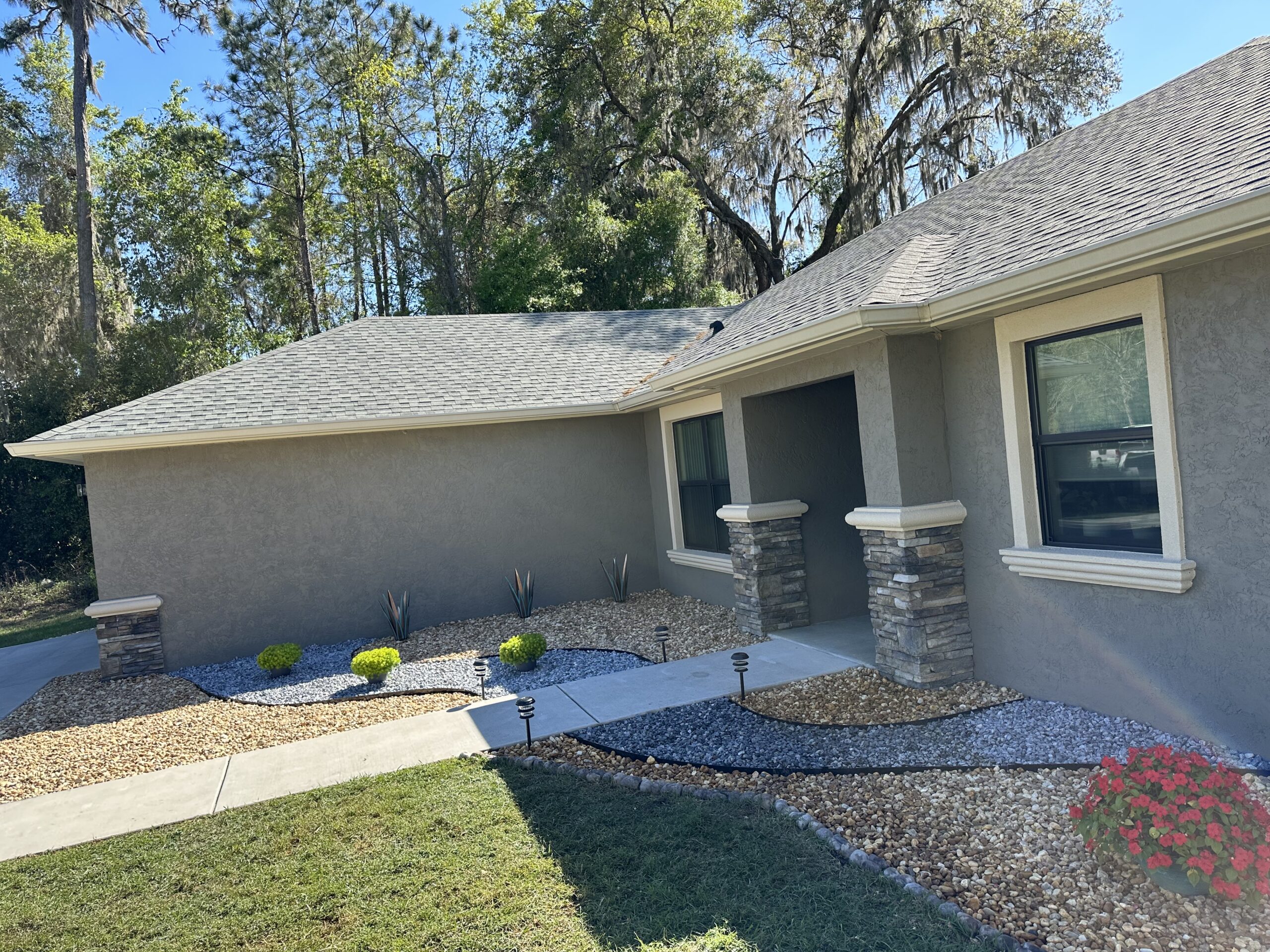Zero-Scaping: A Guide to Water-Efficient and Low-Maintenance Landscaping

Landscaping is an art that requires a lot of creativity and planning. One popular trend in landscaping is zero-scaping, also known as xeriscaping. Zero-scaping is a type of landscaping that focuses on water conservation, minimal maintenance, and the use of drought-tolerant plants. This technique is perfect for areas that are prone to droughts or for people who want to conserve water.
In this blog post, Citruscapes will discuss the basics of zero-scaping in Citrus County and how it can benefit your landscape.
What is zero-scaping?
Zero-scaping is a type of landscaping that involves the use of plants and materials that require little to no water. The term "zero" in zero-scaping refers to the amount of water needed to maintain the landscape. This technique is perfect for areas that receive little rainfall or for homeowners who want to reduce their water usage.
Benefits of zero-scaping
There are several benefits including:
-
Water conservation: Zero-scaping is an excellent way to conserve water. Traditional landscaping techniques require a lot of water, especially during hot and dry weather. It reduces the amount of water needed to maintain a landscape, which is beneficial for both the environment and your wallet.
-
Low maintenance: Zero-scaping requires minimal maintenance. Drought-tolerant plants do not need to be watered as frequently as other plants, and they are often resistant to pests and diseases. This means that you can spend less time maintaining your landscape and more time enjoying it.
-
Cost-effective: Zero-scaping can be cost-effective in the long run. While the initial cost of installing a zero-scape landscape may be higher than traditional landscaping, the reduced water and maintenance costs can save you money over time.
-
Environmentally friendly: Zero-scaping is an environmentally friendly way to landscape. Drought-tolerant plants require less water, which means less strain on local water resources. Additionally, zero-scaping can reduce the need for pesticides and fertilizers, which can be harmful to the environment.

How to implement zero-scaping
Here are some steps to implement zero-scaping in your landscape:
-
Evaluate your site: Evaluate your site to determine the soil type, sun exposure, and water availability. This information will help you select plants that are best suited for your landscape.
-
Choose drought-tolerant plants: Choose plants that are native to your area and are drought-tolerant. Native plants are well-suited to the local climate, and they often require less water than non-native plants.
-
Use mulch or Rock: Mulch or Rock can help retain moisture in the soil and reduce the need for watering. Mulches or Rock are both a great options for zero-scaping.
-
Install an efficient irrigation system: If you do need to water your plants, make sure to install an efficient irrigation system. Drip irrigation is a great option for zero-scaping because it delivers water directly to the plants' roots, minimizing water waste.
This is a type of landscaping that focuses on water conservation, minimal maintenance, and the use of drought-tolerant plants. This technique is perfect for our Citrus County clients. Zero-scaping has many benefits, including water conservation, low maintenance, cost-effectiveness, and environmental friendliness. If you're interested in implementing a zero-scape design in your landscape, give us a call.
-
Professional & Reliable Call Us Today! (352) 220-6065
Serving Citrus County Florida
Contact Us Today!
Mailing Address: PO BOX 484 Hernando Fl. 34441
Toll Free: (800) 429-9501
Local: (352) 220-6065
Email: Contact@CitrusLawn.com
Service Areas: Click Here
Client Portal: Click Here
Book A Free Consultation: Click Here
Terms Of Service: Click Here
OUR GUARANTEE TO YOU!

We want all of our clients absolutely satisfied with our lawn care & landscape services, so much so that you will recommend us to your friends, family and neighbors. You be the judge, if for any reason you're not satisfied, we will re-do it free of charge. There is nothing more important to us than our clients complete satisfaction.
Licensed & Insured
Citruscapes Lawn & Landscaping | (352) 220 - 6065 | Service Areas of Citrus County | Terms & Conditions | Privacy Policy | Sitemap






